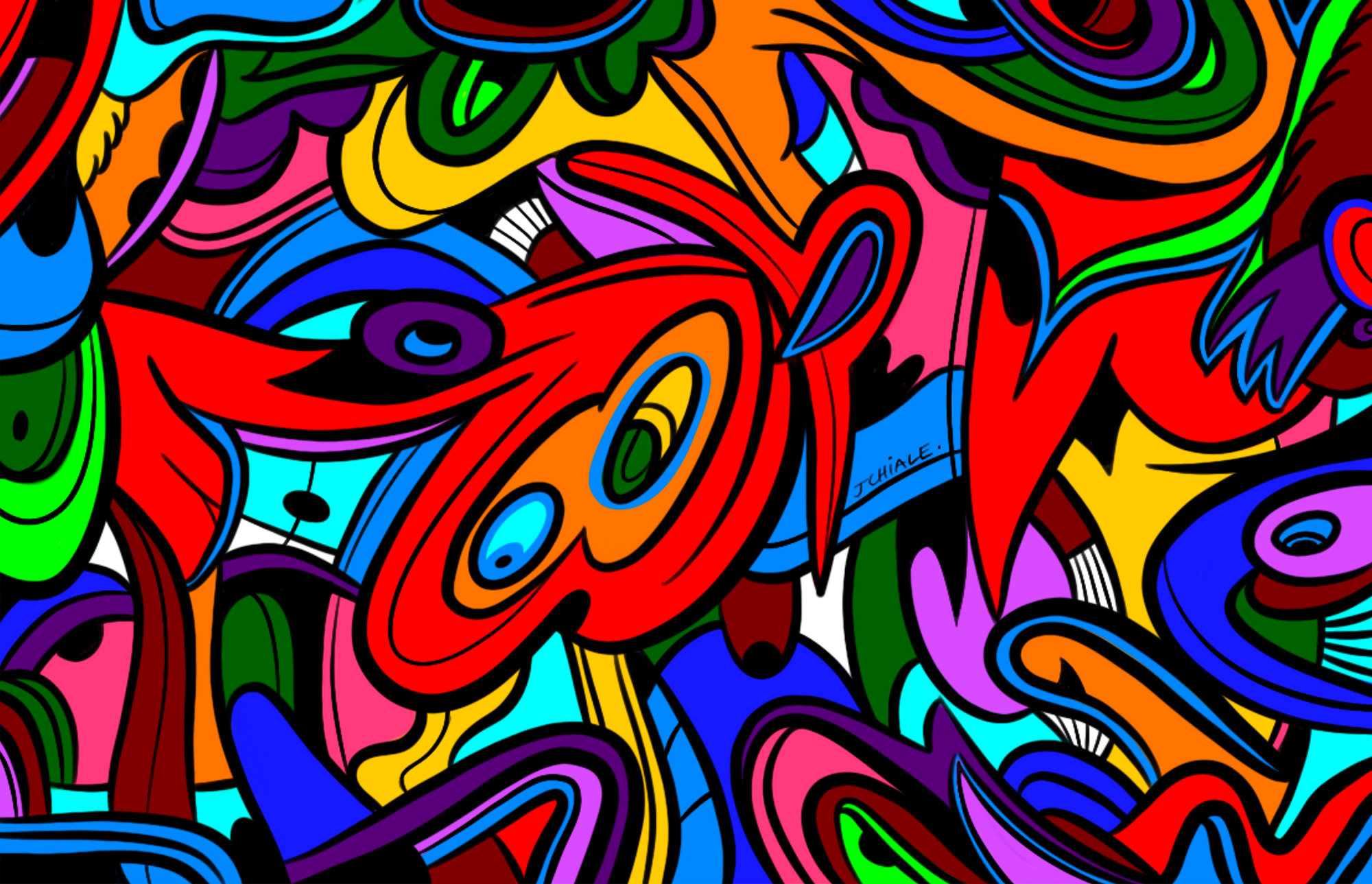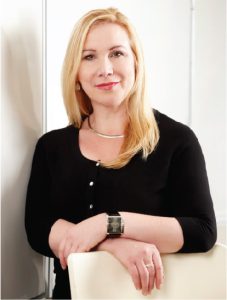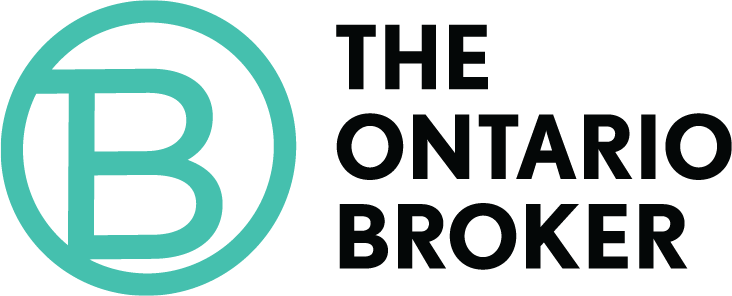

ANNE-MARIE PHAM
Executive Director,
Canadian Centre for Diversity and Inclusion (CCDI)

WENDY CUKIER
Founder & Director, Diversity Institute,
Ryerson University
Last year the pandemic had us stuck at home when the murder of George Floyd shocked America and much of the world. The marches and protests that followed garnered an unprecedented show of support from people of all backgrounds. These events punctured the status quo, leading to a period of introspection and the overdue admission of some uncomfortable truths that many have known for a long time.
Maybe our society isn’t as equal as we want to believe.
Maybe our systems treat certain groups differently.
Maybe it’s long overdue that we do something about it.
“Many of us knew about the different dimensions of anti-Black racism, but the killing of George Floyd made it visceral and undeniable,” said Wendy Cukier, Founder and Director of the Diversity Institute at Ryerson University, an organization that conducts research on diversity and inclusion in all aspects of Canadian society. “The fact people now acknowledge anti-Black racism and systemic discrimination is an important start—you can’t deal with a problem when you’re in denial.”
“Every major public institution and many workplaces have had to come to terms reflecting on how these systems of oppression are manifested in their own organization, and what they can and should do to address them,” said Anne-Marie Pham, Executive Director of the Canadian Centre for Diversity and Inclusion (CCDI), a social organization that helps workplaces be inclusive and free of prejudice and discrimination.
We have created a society where individual rights and freedoms, compassion and diversity are core to our citizenship. But underlying that idea of Canada is the promise that we all have a chance to build a better life for ourselves and our children.
– Prime Minister Justin Trudeau
WHERE WE ARE
Though racial discrimination was the catalyst for these crucial discussions, the admission that our systems aren’t fair and that we don’t live in a pure meritocracy has also opened the conversation to others who’ve been historically disadvantaged—women, LGBTQ+, the differently abled, among others.
Looking purely at earnings as a proxy for discrimination, the racial earnings gap varies based on ethnicity, but The Conference Board of Canada found that Canadian-born members of a visible minority earned an average of 8.7% less than their White coworkers as of 2014, and this only increases for immigrants. Though the gender wage gap has narrowed over the past 20 years, as of 2018, StatsCan still found a 13.3% discrepancy between men’s and women’s earnings. In 2015, StatsCan found a wage gap between people with and without disabilities, with variation between 4.2% to 15.6% based on the severity of the disability—though only about 39% of people with disabilities have the opportunity to work.
“University graduates with severe disabilities have worse employment outcomes than high school dropouts,” said Wendy.
Though StatsCan doesn’t have figures on the LGBTQ+ wage gap, American studies have found it’s just as severe as any of the others mentioned so far and, in some cases like trans women, much worse.
“Many Canadians struggle to make the link between history and contemporary workplaces as it relates to discrimination,” said Anne-Marie. “Understanding Canadian history allows us to recognize why systemic barriers persist and remain particularly stark for some racialized groups.
“Ongoing conversations are needed in society to learn about the lived experiences of people who still face bullying, online hate, micro-aggressions, discrimination and racism today.”
CREATING CHANGE
Progress has been made in the past year, with many organizations having begun the necessary hard conversations about their policies and practices. Beyond those, company outlook plays a role including what you stand for, who you represent and who you want to be as an organization. For these reasons, it’s worthwhile to break down DEI—not to be confused with insurance’s EDI (Electronic Data Interchange)—into its component parts.
Diversity is the variety of unique dimensions, qualities and characteristics we all possess.
Equity is the treatment of diverse needs in a way that enables all people to participate, perform and engage to the same extent.
Inclusion is creating a culture where people are valued regardless of their identity and have a sense of belonging.
For employers who haven’t considered incorporating DEI practices into their corporate outlook and policies, Wendy suggests a good starting place is signing onto the Government of Canada’s 50-30 Challenge—a commitment to gender parity and increased diversity on boards and senior management. Anne-Marie recommends a holistic approach, like the following model that incorporates the various building blocks of learning and engagement.
IMPLEMENTING DEI IN THE WORKPLACE
Personal: Be your own scholar. There are many resources available to learn more about the history of racism and colonialism in Canada, and the impacts that are still felt today across organizations.
Team: Have conversations with your team to understand their lived experiences and vision for what your organization can do to support individual team members.
Organization: Assess your organization’s level of readiness and maturity in addressing DEI. Consider conducting a diversity and inclusion survey to gather information and follow up with focus groups and consultation.
Action: Form a team to better understand your organization’s current state. Ensure members are diverse and reflect a good cross-section of the organization. Have the team work together to co-design a strategy that is respectful, equitable, inclusive and intentional.
There are many resources available to learn more about DEI, including IBAO’s webinars and eLearning courses, the Diversity Institute’s resources (ryerson.ca/diversity) and CCDI’s resources (ccdi.ca/resources).
A BRIGHTER FUTURE
While there’s a clear moral reason to adopt these changes, businesses gain tangible benefits from embracing diversity and inclusion.
“At CCDI we work to get people to recognize diversity as an asset, not an obstacle,” said Anne-Marie.
The numbers support this assertion. A comprehensive 2019 McKinsey study found that companies with greater gender diversity on leadership teams outperform companies with homogenous leadership teams. And the effect is more pronounced the greater the diversity. A similar, but even stronger effect is found with ethnic and cultural diversity among leadership teams.
For businesses looking to hire, not having DEI policies in place could be a dealbreaker for recruiting talent. A 2020 Glassdoor.com survey found that for three out of four jobseekers, a diverse workforce is an important factor when evaluating companies and job offers. One in three jobseekers wouldn’t apply at a company where there’s a lack of diversity among its workforce.
Beyond being a box to check, more diverse teams result in more diverse ideas, opinions and skill sets. A 2017 Boston Consulting Group study found that diversity is a key driver of innovation. Accenture CEO Julie Sweet famously said, “We believe our diversity makes us stronger, smarter and more innovative, helping us better serve the needs of our clients, our people and our communities.”
The evidence for the business case for DEI is clear. But really, the best reason to work towards increased equity isn’t the bottom line. It’s that we’re all human, we’re all equal, and we all need to be treated the same inside and outside the workplace. We’re a proudly multicultural nation. We need to reshape our society so that regardless of an individual’s identity, they have an equal opportunity to succeed, thrive and truly feel they belong.
